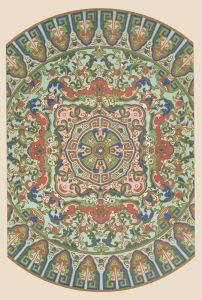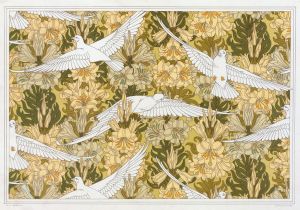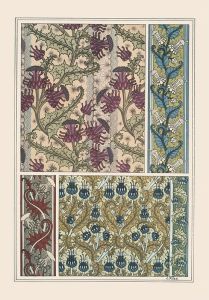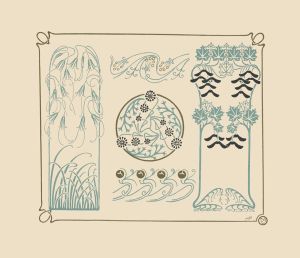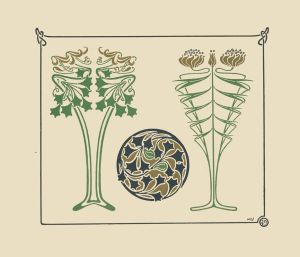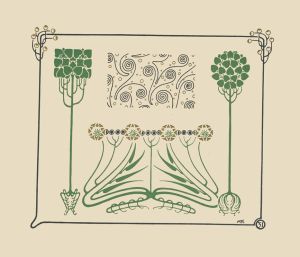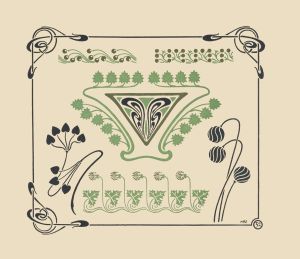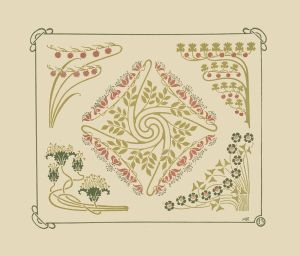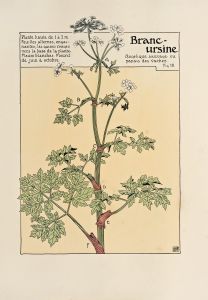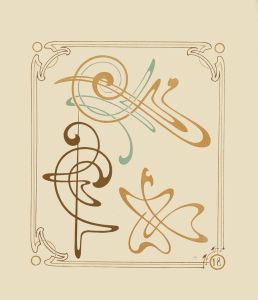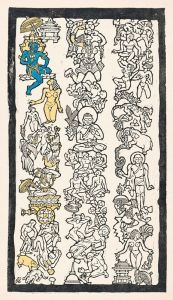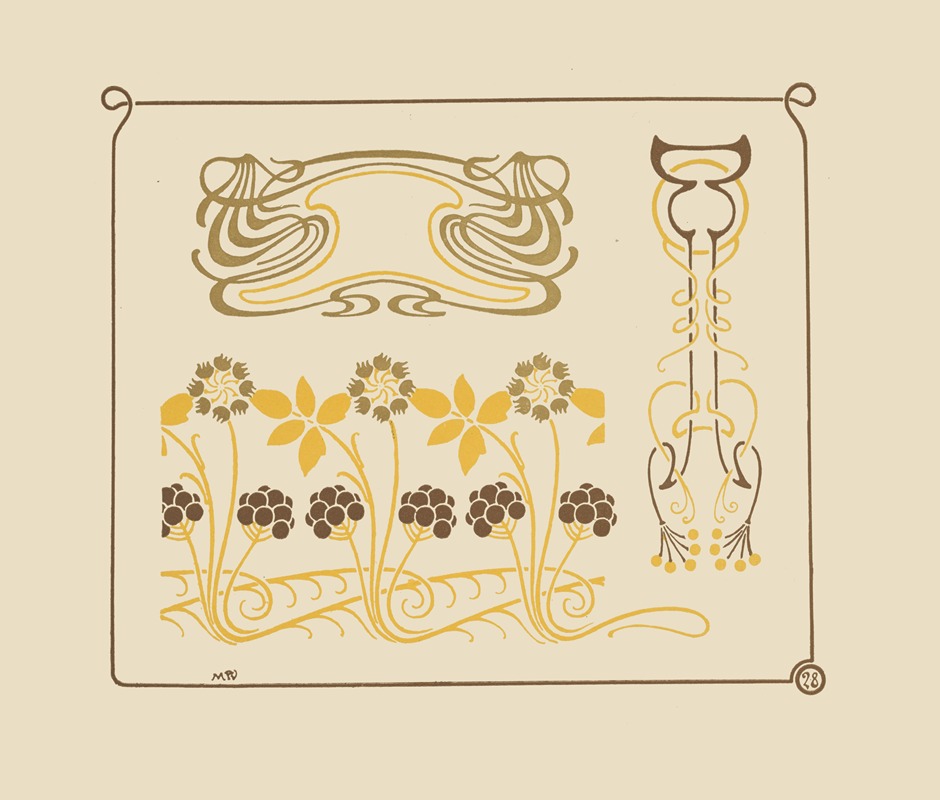
Abstract design based on berries and arabesques
A hand-painted replica of Maurice Pillard Verneuil’s masterpiece Abstract design based on berries and arabesques, meticulously crafted by professional artists to capture the true essence of the original. Each piece is created with museum-quality canvas and rare mineral pigments, carefully painted by experienced artists with delicate brushstrokes and rich, layered colors to perfectly recreate the texture of the original artwork. Unlike machine-printed reproductions, this hand-painted version brings the painting to life, infused with the artist’s emotions and skill in every stroke. Whether for personal collection or home decoration, it instantly elevates the artistic atmosphere of any space.
Maurice Pillard Verneuil was a prominent French artist and designer, known for his contributions to the Art Nouveau movement. Born in 1869, Verneuil developed a distinctive style characterized by the use of natural forms and intricate patterns. His work often incorporated elements from nature, such as plants, animals, and landscapes, which he stylized into decorative motifs. One of his notable works is the "Abstract design based on berries and arabesques," which exemplifies his artistic approach and mastery of design.
The "Abstract design based on berries and arabesques" is a testament to Verneuil's ability to blend organic forms with geometric precision. The artwork features a harmonious composition of berries intertwined with arabesque patterns, showcasing the fluidity and elegance typical of Art Nouveau. Arabesques, which are ornamental designs consisting of intertwined flowing lines, were a common motif in Verneuil's work, reflecting his interest in the decorative arts and his skill in creating visually engaging patterns.
Verneuil's design is characterized by its vibrant use of color and intricate detailing. The berries are depicted in rich hues, providing a striking contrast to the more subdued tones of the arabesques. This use of color not only enhances the visual appeal of the design but also highlights Verneuil's understanding of color theory and its application in decorative art. The interplay between the organic shapes of the berries and the structured lines of the arabesques creates a dynamic composition that draws the viewer's eye across the piece.
The influence of Japanese art, particularly the use of flat planes of color and stylized forms, is evident in Verneuil's work. During the late 19th and early 20th centuries, Japanese art had a significant impact on Western artists, and Verneuil was no exception. He incorporated elements of Japonisme into his designs, which can be seen in the simplified forms and the emphasis on decorative patterning in the "Abstract design based on berries and arabesques."
Verneuil's contribution to the Art Nouveau movement extended beyond his artwork. He was also an influential writer and educator, authoring several books on design and ornamentation. His publications, such as "L'Animal dans la décoration" and "Étude de la plante," provided valuable insights into the use of natural forms in decorative art and served as important resources for artists and designers of his time.
The "Abstract design based on berries and arabesques" reflects Verneuil's commitment to the principles of Art Nouveau, which sought to break away from historical styles and embrace a new aesthetic inspired by nature and organic forms. His work remains a significant example of the movement's ideals, demonstrating the potential for beauty and innovation in the decorative arts.
In summary, Maurice Pillard Verneuil's "Abstract design based on berries and arabesques" is a remarkable example of Art Nouveau design, characterized by its intricate patterns, vibrant colors, and harmonious composition. Through his work, Verneuil not only contributed to the development of the Art Nouveau movement but also left a lasting legacy in the field of decorative arts.





